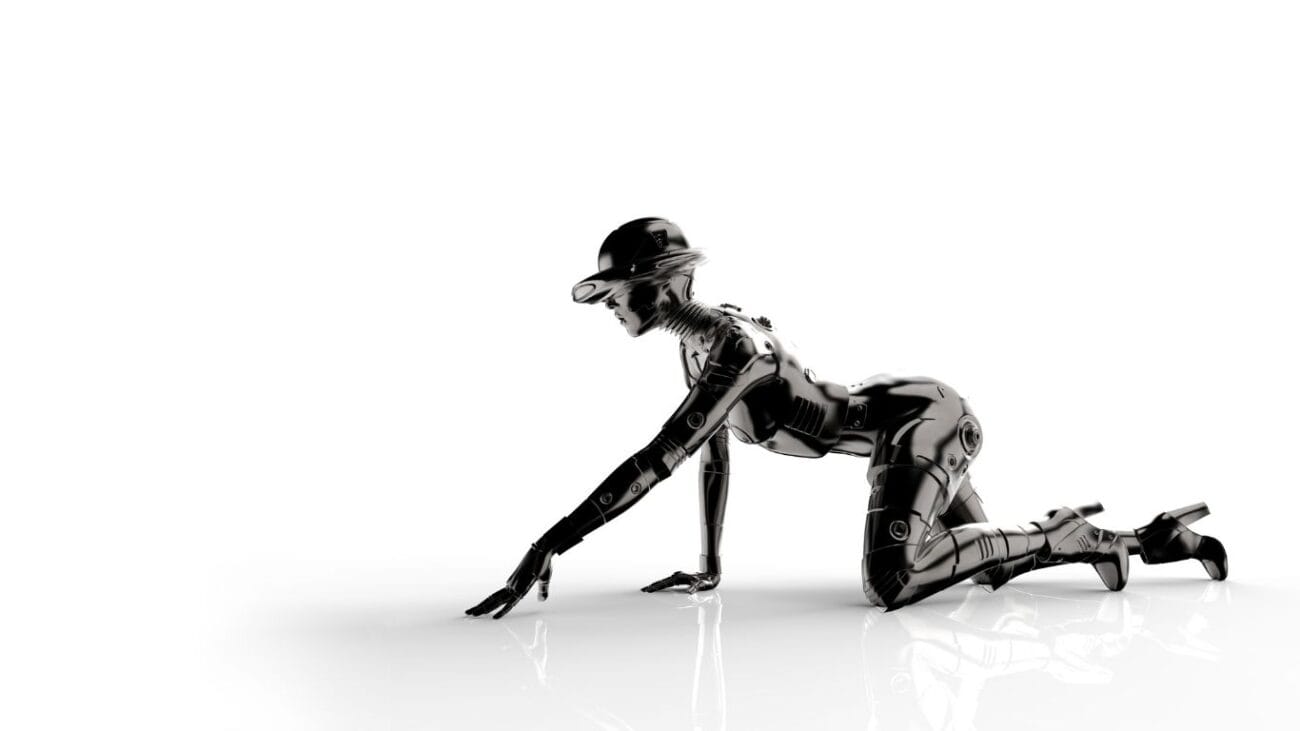Here’s a rewritten and polished version of your content for your webpage, keeping the poetic tone and educational depth while making it more web-friendly and SEO-optimized:
🤖 The Soul of Robotics: More Than Just Machines
In a world where the line between man and machine grows fainter each day, robotics isn’t just about gears and algorithms—it’s a symphony of curiosity, a waltz of innovation, and a mirror reflecting our deepest hopes. This page is your guide through that fascinating journey. Not just to understand robotics—but to feel its heartbeat.
📜 A Storyteller’s Beginning: The Dream of a Wooden Boy
Once upon a spark, in a room filled with gears and ticking clocks, a lonely inventor whispered, “What if I could build a soul?” He carved wood, turned screws, painted a face—and dreamed the wooden boy into life. It didn’t move. But in his mind, it blinked.
Long before robotics had wires or software, humanity dreamed of breathing life into the lifeless. From the myth of Pygmalion to the rhythmic tick of a cuckoo clock, we’ve longed for companions—mechanical, magical, meaningful.
Thus began the story of robotics.
🧠 The Origin of the Word “Robot”
- First used in 1920, in the play R.U.R. (Rossum’s Universal Robots) by Czech writer Karel Čapek
- From the Slavic word “robota”, meaning forced labor or drudgery
- These original “robots” were biological humanoids, not machines
“The product of the human brain has escaped the control of human hands.” – Karel Čapek, R.U.R.
🛡️ Leonardo da Vinci’s Mechanical Knight (1495)
- One of the first conceptual humanoid robots
- Designed to sit, wave, and move its head using pulleys and gears
- Though never built in his time, it has been successfully recreated by modern engineers
“Where the spirit does not work with the hand, there is no art.” – Leonardo da Vinci
🤝 The AI Touch: From Intelligence to Emotion
Today, robots don’t just move—they think, adapt, and even “express.”
- Sophia by Hanson Robotics mimics human facial expressions and conversations
- AI like ChatGPT brings creativity and communication to machines
“The question is not whether intelligent machines can have any emotions, but whether machines can be intelligent without any emotions.” – Marvin Minsky, MIT AI Lab
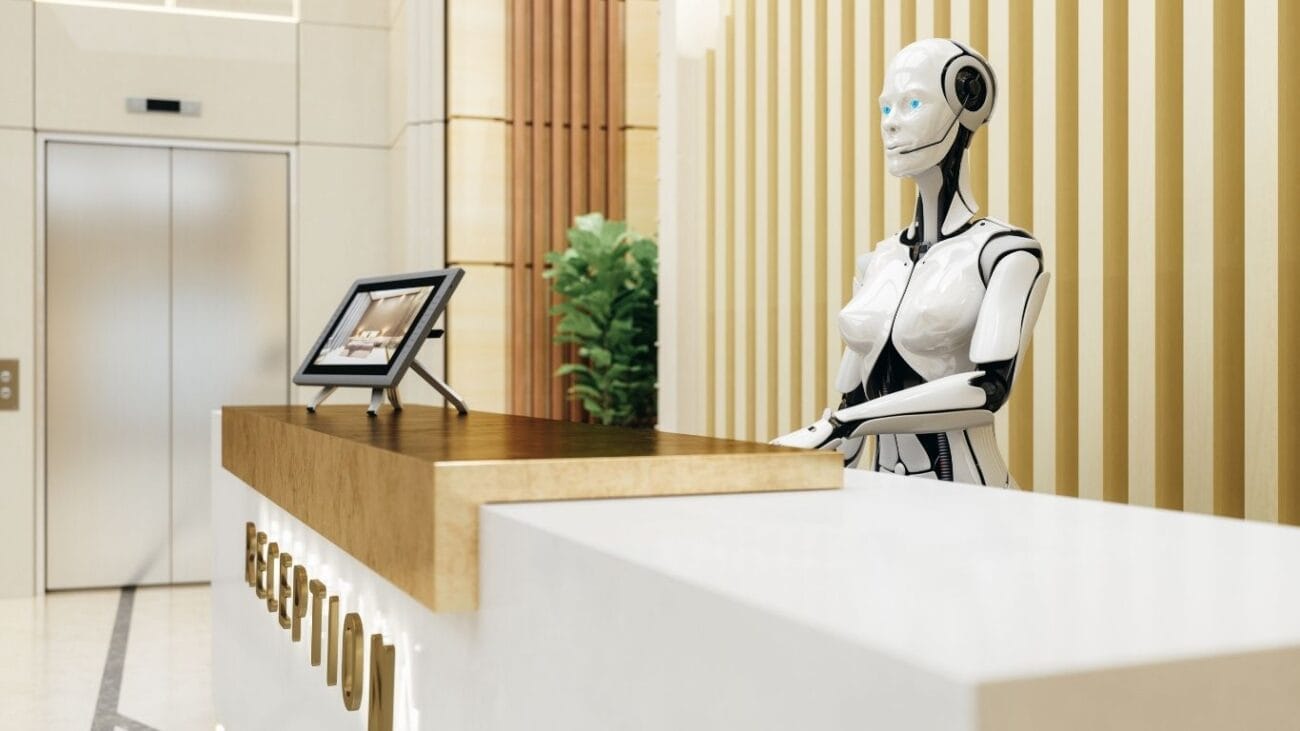
🏭 Industrial Revolution 2.0: The Rise of Unimate
- In 1961, Unimate became the first industrial robot, introduced at a General Motors factory
- It took over dangerous tasks like welding, launching a new era in automation
- Created by George Devol and Joseph Engelberger, the latter often called the Father of Robotics
“Robots will be our partners, not our replacements.” – Joseph Engelberger
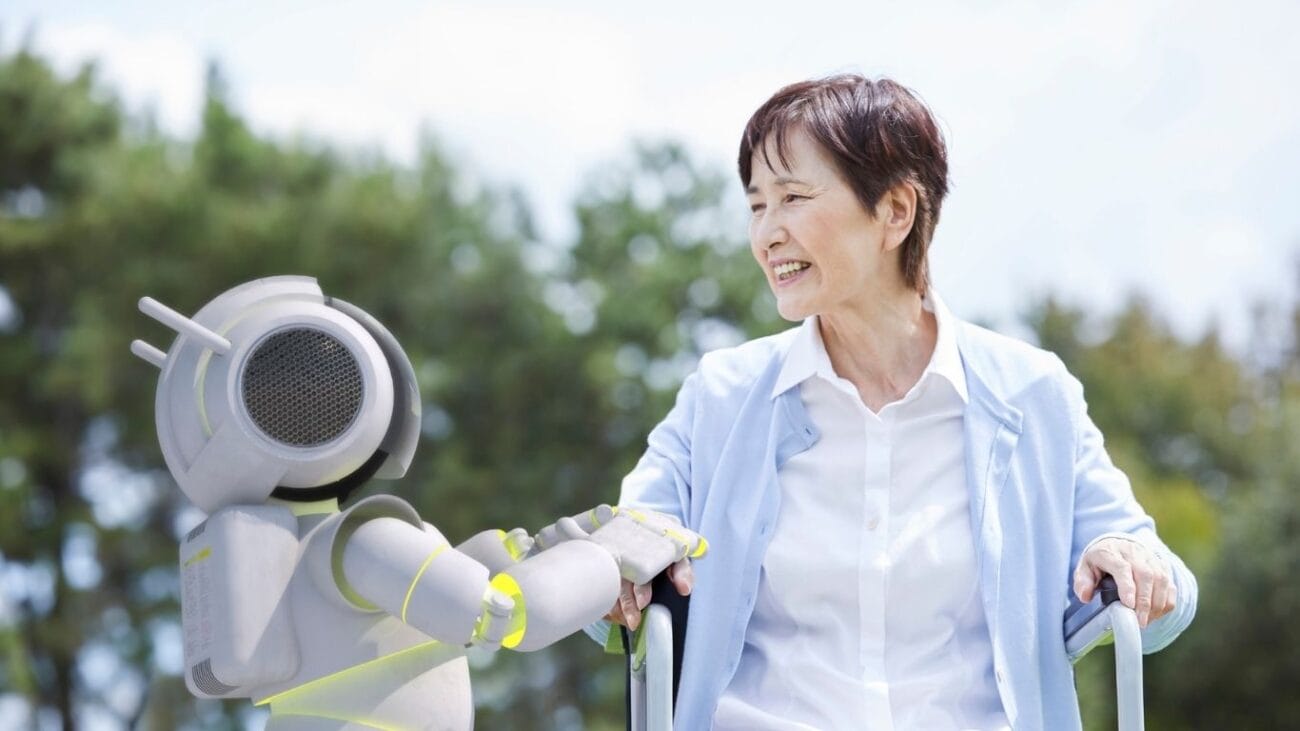
🏠 Robotics in Everyday Life
Robots are no longer science fiction—they’re all around us.
- Home: Roombas clean floors, smart assistants manage routines
- Healthcare: Robotic arms assist in surgeries
- Work & War: Drones deliver packages and assist in reconnaissance
- Agriculture, mining, and space: All now robot-enhanced
“Automation is not about replacing humans. It’s about empowering them.” – Satya Nadella, CEO of Microsoft
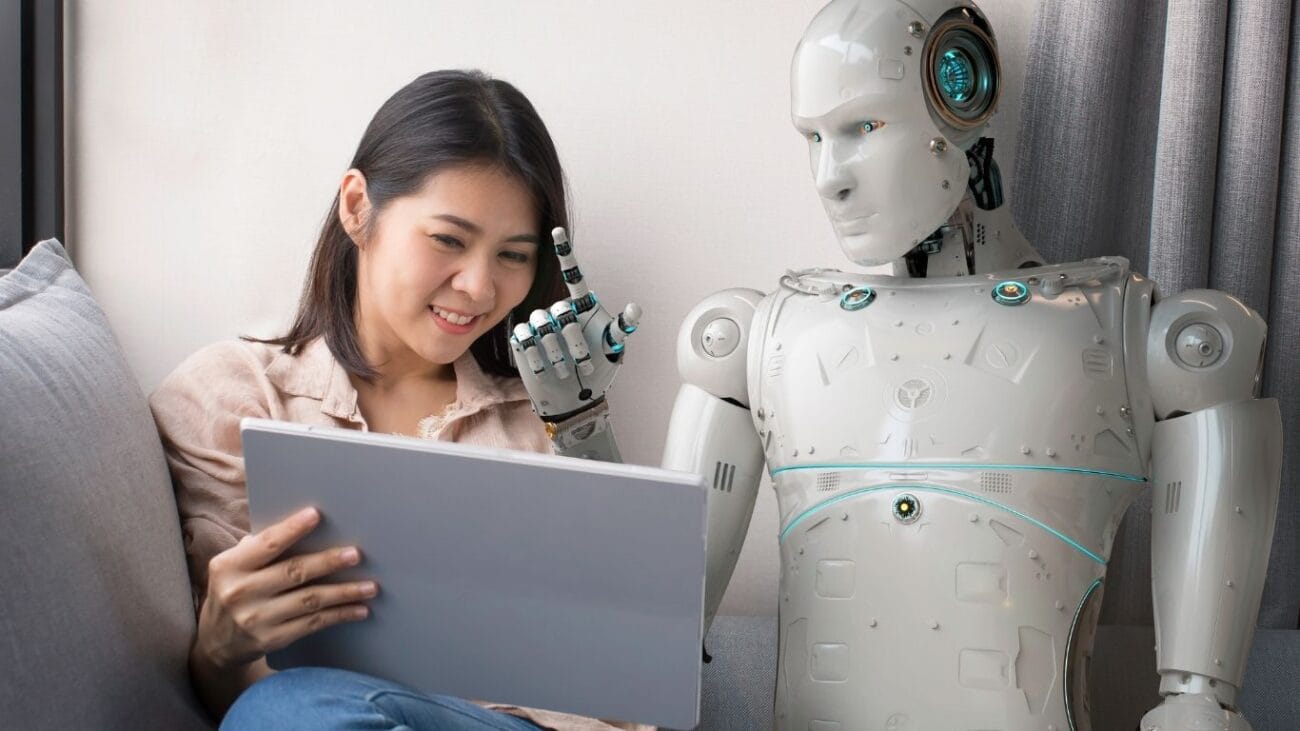
💡 The Human Voices Behind the Machines
- Karel Čapek – Gave us the word “robot”
- Leonardo da Vinci – Sketched the first humanoid machine
- Isaac Asimov – Father of robot ethics (Three Laws of Robotics)
- Rodney Brooks – MIT innovator in intelligent robotics
- Joseph Engelberger – Pioneer of industrial automation
“Robots won’t replace humans. They will become humans’ greatest allies in survival.” – Rodney Brooks, TED Talk (2007)
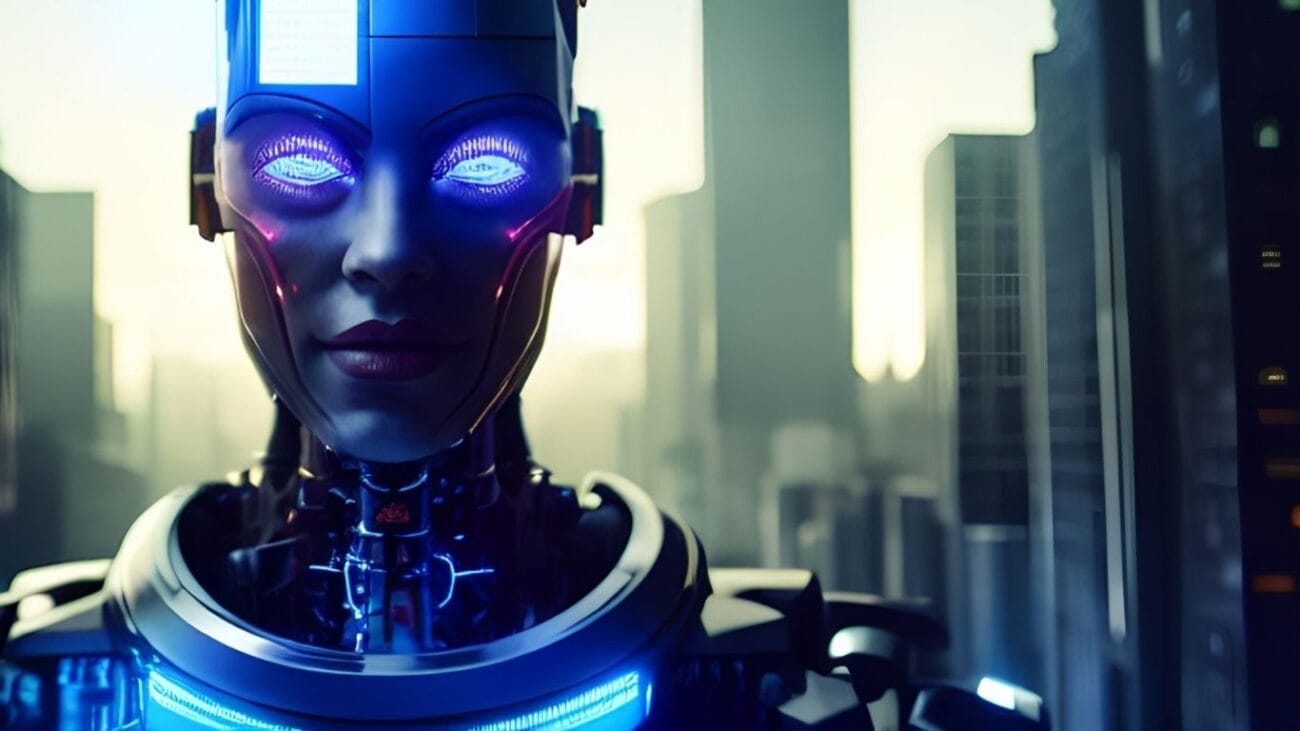
🔥 What Keeps Robotics Alive?
- Curiosity – That timeless question: What if?
- Creativity – A blend of science and soul
- Collaboration – Scientists, artists, engineers—dreaming together
- Compassion – Assisting the elderly, the disabled, and caregivers
- Control – Ethical boundaries to ensure a safe future
Behind every line of code is a whisper of a poem humanity once sent to the stars.
🔬 Research & Future Directions
- Robotics is both art and engineering
- Born from myths, literature, and imagination
- Now transforming surgery, education, storytelling, space travel
- Powered by AI and machine learning for intelligence and emotion
- Ethics and safety, inspired by Asimov’s Laws, are essential
- The future is collaboration, not domination
- From Mars rovers to robotic caregivers, the horizon is limitless
Robotics isn’t just a science—it’s a reflection of our dreams.
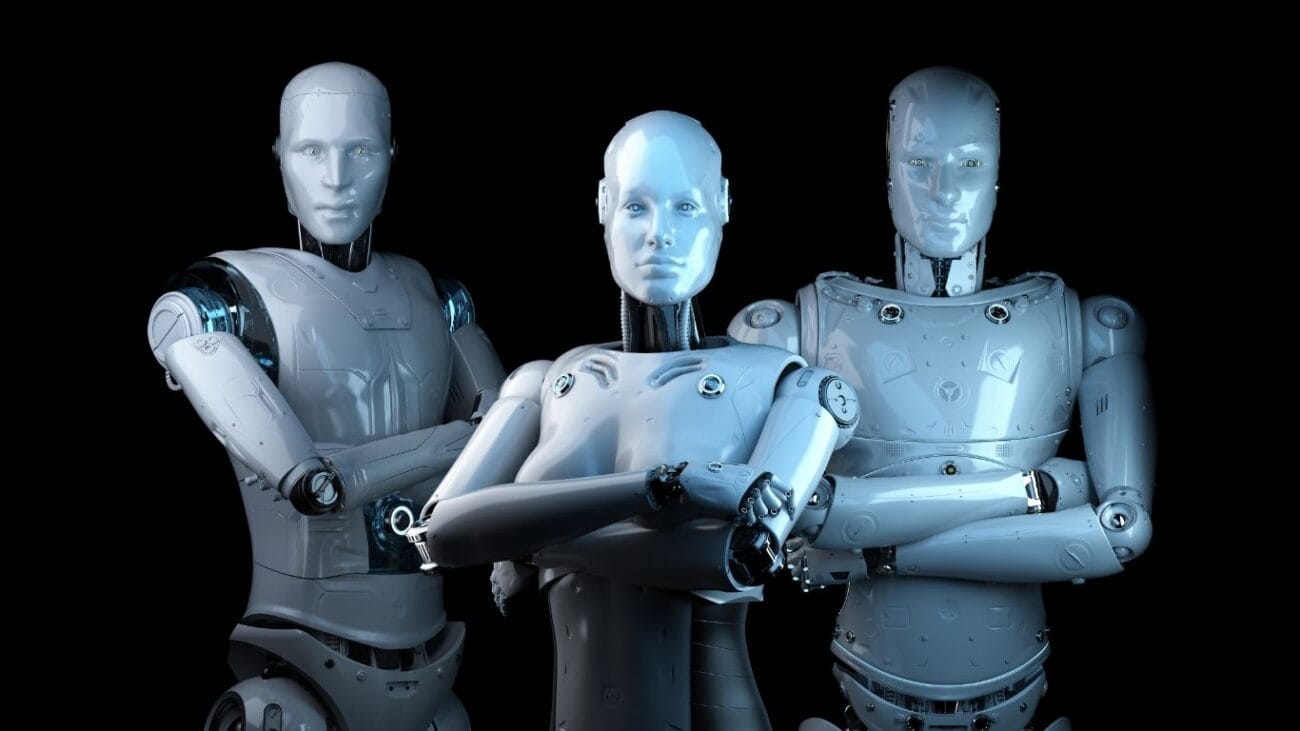
🧭 People Also Ask…
- Where did the idea of creating robots originally come from?
- Why is robotics more than engineering—how is it a human journey?
- How has the definition of “robot” changed over time?
- What roles do AI and emotion play in today’s robotics?
- Who are the key pioneers of robotics, and what did they believe?
- How are robots used in everyday life?
- Can robots actually develop feelings—or just simulate them?
- How do ethics shape the future of robotics?
- What’s next for robots in space, healthcare, and art?
- In the end, will robots teach us more about machines—or about ourselves?
Want to explore more about the future of robotics and artificial intelligence?
✨ Visit our blog at habitablesolution.com
![habitable_solution logo 2024 [t-w]](https://habitablesolution.com/wp-content/uploads/2025/02/habitable_solution-logo-2024-t-w.png)
